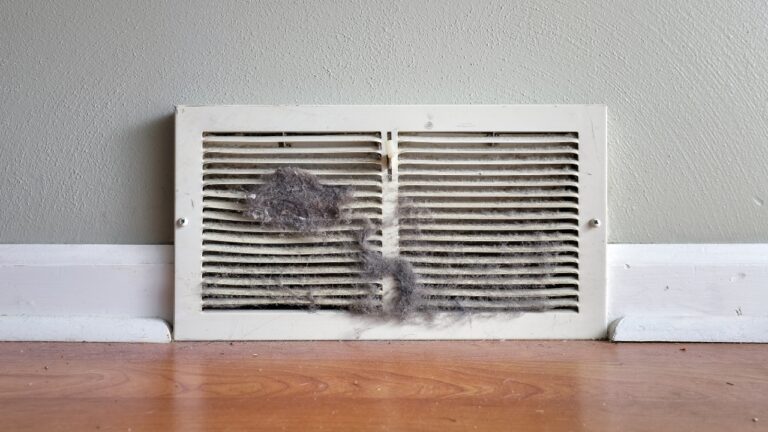10 home repairs you should never put off (even for a month)
When it comes to home maintenance, some repairs can wait. Others can turn into a financial disaster if you let them slide. Whether it’s water damage creeping in or a slow leak that leads to mold, these problems don’t fix themselves—and they don’t get cheaper.
If you’re trying to save money and keep your home safe, knowing which issues need fast attention makes a huge difference. These are the repairs that should go to the top of your list, even if you’re busy, broke, or burned out.
Leaky Roofs

Even a small leak can cause serious damage fast. Water doesn’t stay in one spot—it soaks into insulation, warps drywall, and encourages mold to grow behind your walls and ceilings. Left alone, it can rot out wood framing and cost you thousands.
You don’t need to replace the whole roof to fix a leak. A missing shingle or cracked flashing can usually be repaired quickly and for a lot less money. The key is catching it early and not letting it go another rainy season.
Clogged Gutters
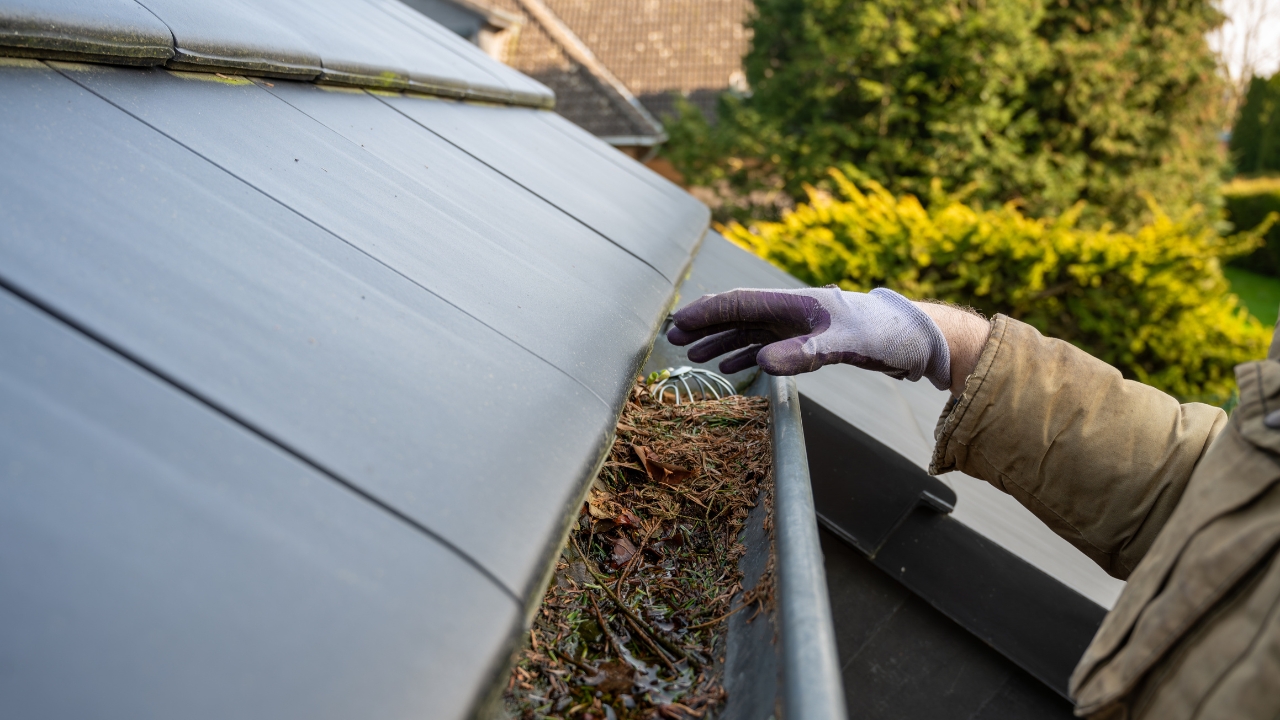
Gutters that stay packed with leaves and gunk will back up water onto your roof and down around your foundation. That puts your house at risk for rot, leaks, and even shifting or cracking in the foundation over time.
If your gutters are sagging or spilling over during rain, you’re already too late for “preventative.” You don’t need fancy tools—just clean them out, make sure they’re angled right, and check that your downspouts send water at least a few feet from the house.
Cracked or Shifting Foundation

Small cracks in concrete can look harmless, but they can quickly turn into a structural problem—especially if you live somewhere with heavy rain, shifting soil, or freeze-thaw cycles. Once water gets in, it can make everything worse.
Keep an eye out for new cracks, sloping floors, or doors that stop closing right. If anything changes, get it looked at. Catching it early can mean a basic seal job instead of a full foundation repair later.
Faulty Electrical Outlets
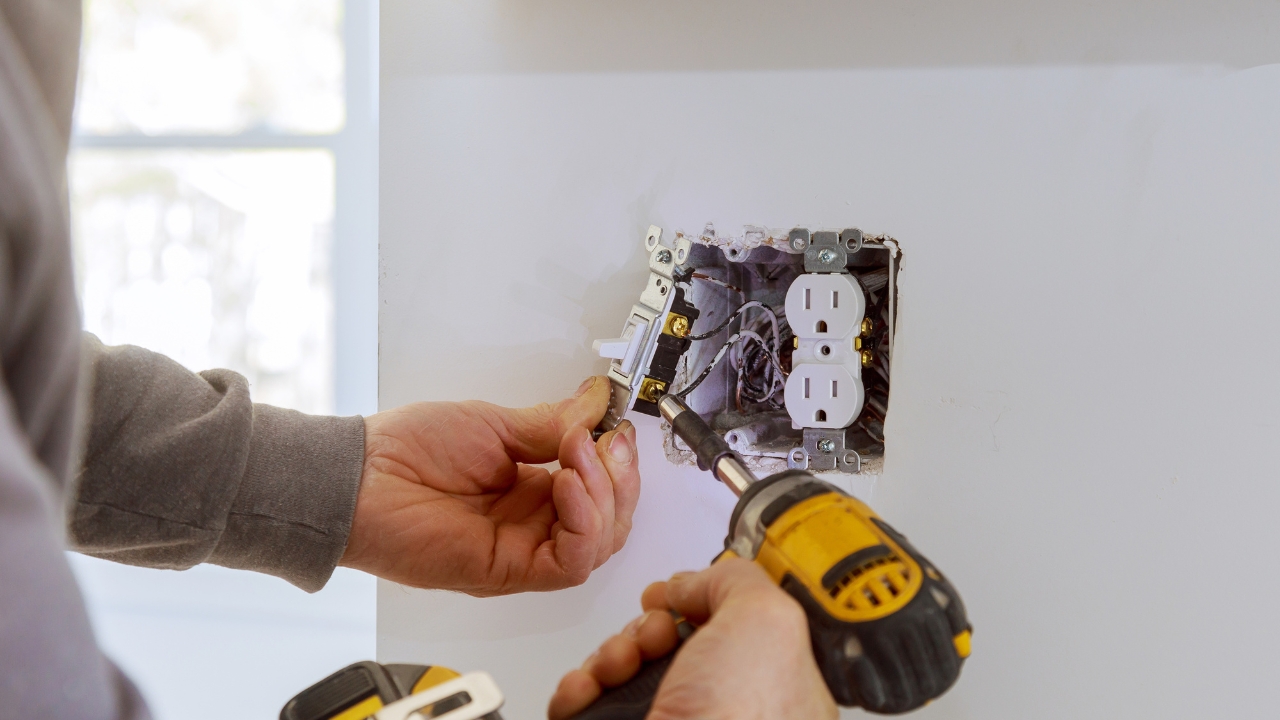
If you’ve got outlets that spark, buzz, or stop working randomly, that’s not something to ignore. Electrical issues can cause house fires, and the warning signs often show up before something bad happens.
Turn off power to the outlet and stop using it until it’s fixed. A licensed electrician can usually sort it out fast. It might be a loose wire, outdated panel, or a short behind the wall—none of which you want to mess with long-term.
Plumbing Leaks
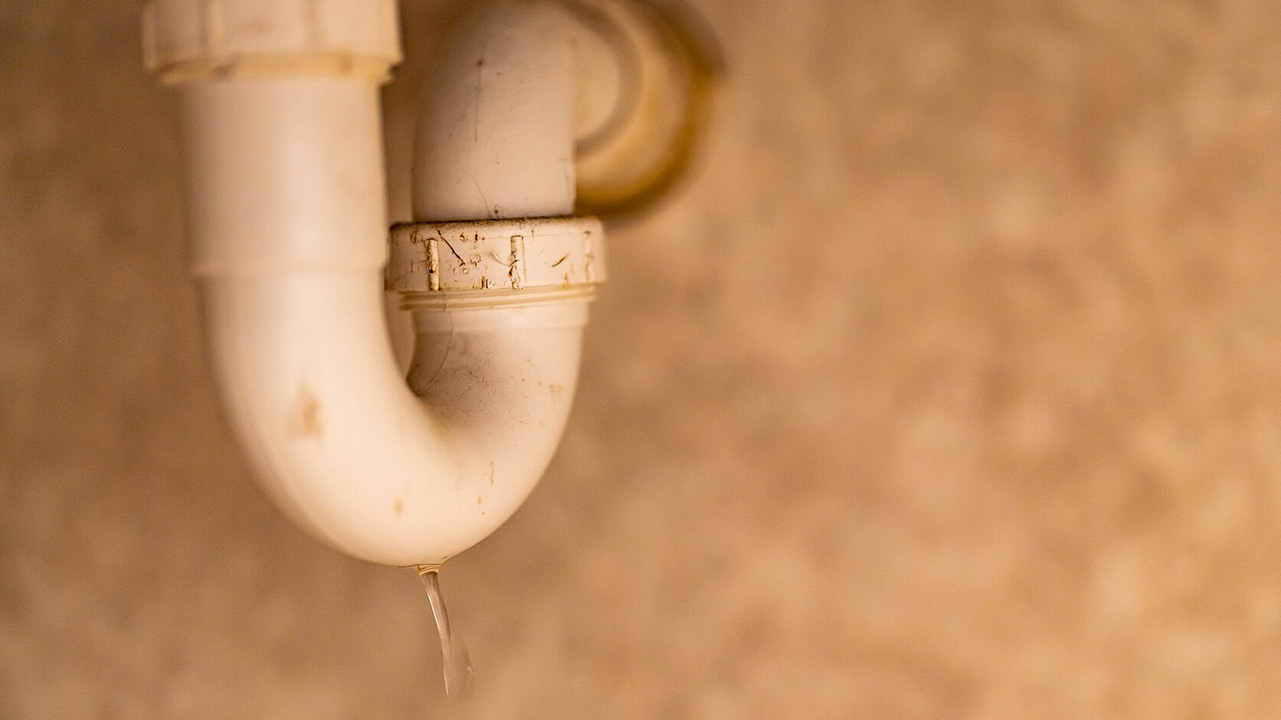
A slow drip under the sink or behind the toilet might seem harmless, but over time it can rot out your cabinets, damage subflooring, and lead to mold problems. Worse, it can raise your water bill without you realizing it.
Take leaks seriously, even if they’re small. Check your water meter when nothing is running to see if you have a hidden leak. If you do, track it down and fix it fast before it becomes a major repair.
Rotten Trim or Siding

When exterior wood starts to rot, it opens the door for water, bugs, and all sorts of damage. It usually starts with peeling paint or soft spots near the bottom edge of your siding or trim boards.
Replace the bad pieces before the rot spreads. Sealing and painting regularly can help prevent future issues. Letting it go might mean tearing off whole sections later—and that’s way more expensive.
Broken HVAC System
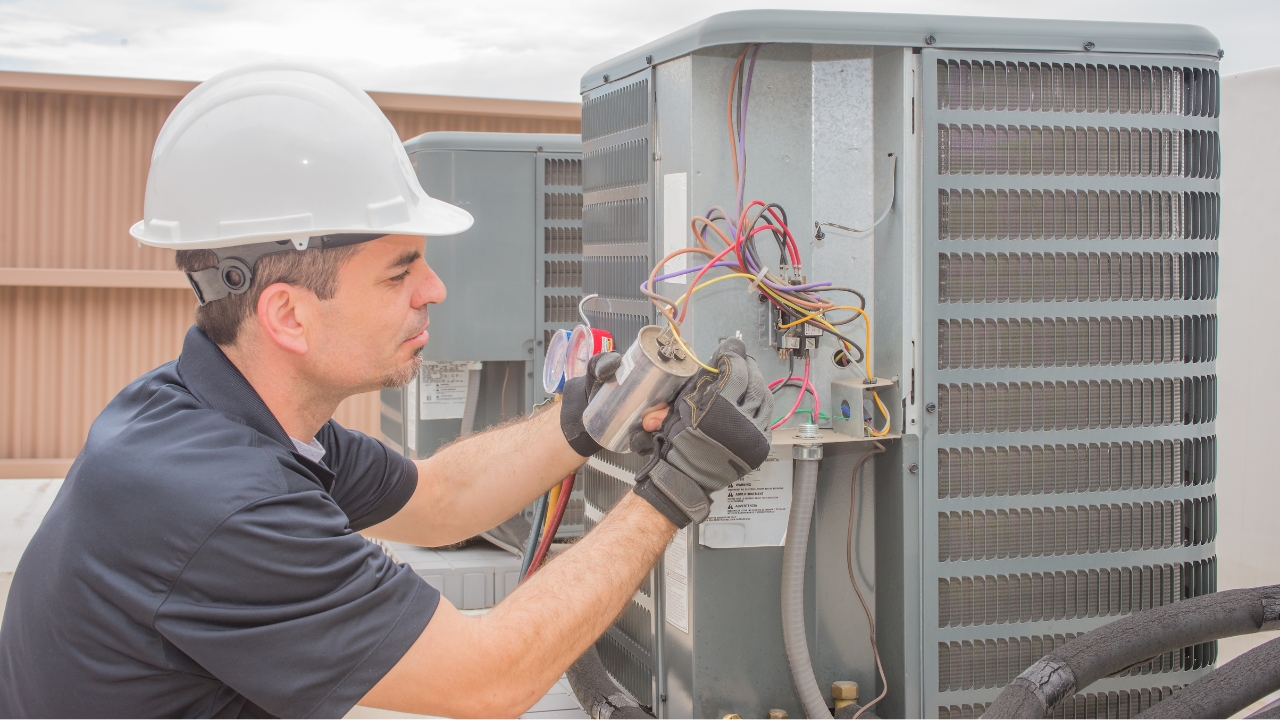
If your heating or cooling system is making strange noises, blowing weak air, or not keeping the house at the right temperature, don’t wait it out. Small issues can burn out your system or cause bigger damage quickly.
Get it looked at before peak season. Summer and winter are when HVAC pros are booked solid, and prices go up. Catching a clogged filter or worn-out capacitor early can save your system from a full breakdown.
Wobbly Railings or Loose Steps

Loose steps or shaky porch railings are more than annoying—they’re an accident waiting to happen. It only takes one slip for someone to get seriously hurt, especially kids or older adults.
Tighten hardware, replace any rotting wood, and make sure your stairs and rails are secure. This one’s usually a quick fix, and it makes your home a lot safer right away.
Sticking or Swollen Doors and Windows

If your doors or windows start sticking, it could mean more than a humidity issue. Sometimes it’s a sign of foundation movement, moisture damage, or poor insulation letting air in and out.
Pay attention if it gets worse over time or only happens in certain seasons. Re-sealing, adjusting hinges, or replacing weatherstripping might fix it. But if the frame is warped, you’ll want to take care of it before it leads to bigger structural problems.
Active Mold Growth

Mold isn’t always easy to spot, but if you see fuzzy patches on walls, ceilings, or around vents—especially in bathrooms or basements—it’s a sign moisture is hanging around too long.
You can clean surface mold with the right solution, but you’ve also got to fix the moisture problem. Dehumidifiers, better ventilation, or sealing leaks will help keep it from coming back. Left alone, mold can trigger health issues and damage everything it grows on.
*This article was developed with AI-powered tools and has been carefully reviewed by our editors.







